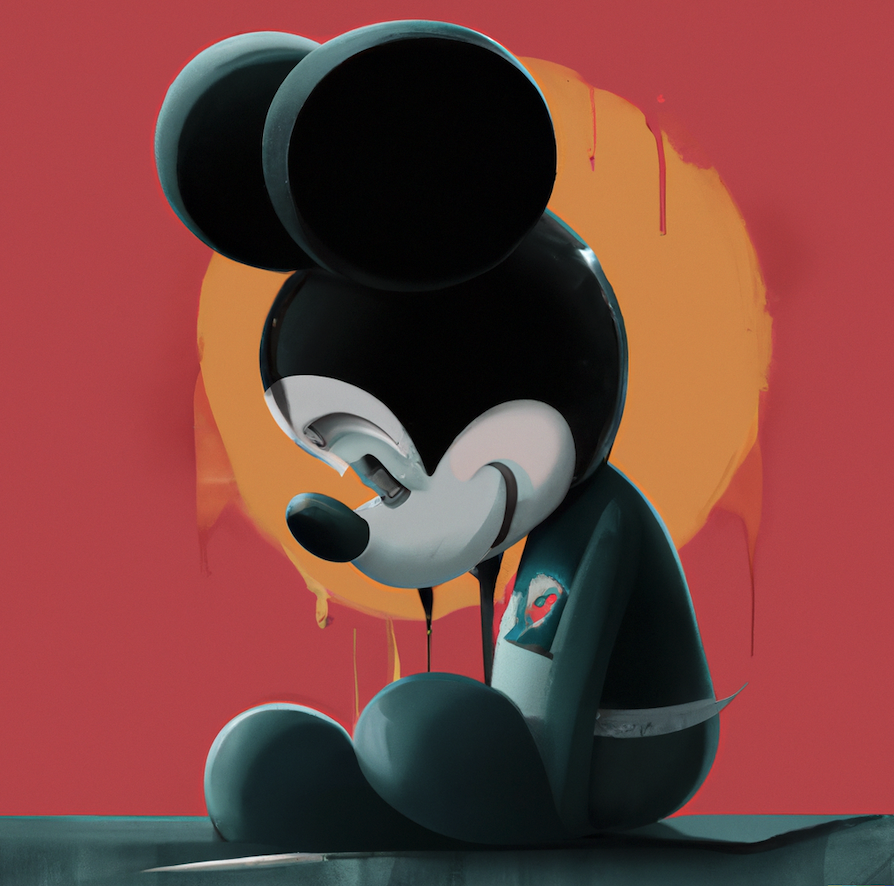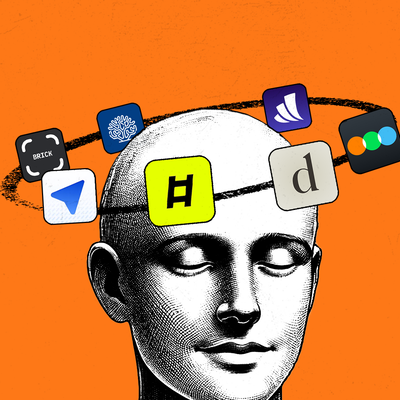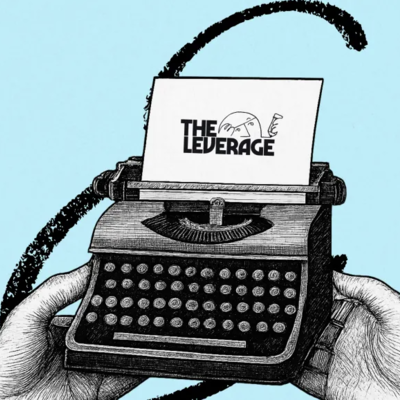
Sponsored By: 42 Agency
Scale your B2B SaaS Brand with 42 Agency. Great Marketing without the BS. Get a fully staffed team of seasoned marketing & creative experts. Get the results you want, and build the brand you want for 30% the cost of in-house.
Media is one of the worst businesses known to man. Creative success is inherently hit-based, so you spend years investing time and money without knowing if a movie, book, or videogame will justify that investment. Even when you have a hit, monetization is dependent on making marketing that grabs fickle consumer attention. Margins are low and products are rarely repeatable. You usually have to come up with something totally new every time or do some sort of sequel.
Perhaps worst of all, your employees are really, really good at complaining. When you do something wrong, you don’t just get a snarky email, you get an employee deploying the most poignant prose you’ve ever seen to tell you, in detail, that you are a moron. Journalists feast on the succulent drama oozing of employee malcontent, publishing exposes that are both truthful and kind of mean. It’s a mess. Shoot, when I first became a writer at Every, in the second post I wrote I published screenshots of my contract and discussed “Whether I Was Getting Ripped Off” by working here. I’m part of the reason that running a newsletter empire is exhausting! And even if you keep your employees happy, your fans will certainly have something to say.
This combination of high drama and low margin means a special skill set is required of a media company executive. They must simultaneously be great at keeping the creative types happy and also practice ruthless financial discipline.
Bob Chapek, the recently ousted CEO of Disney, was bad at both of these skills simultaneously.
On the fiscal discipline side, the Disney+ service lost $1.47B last quarter, double the losses of a year ago. Despite guests spending 6% more per capita at the parks in comparison to 2019, the theme park division reported far lower profits than expected. While Disney+ has crushed all expectations of growth, with 164M subscribers and a total of 235M subscribers if you include ESPN+ and Hulu—more than Netflix—the losses are painful. Disney+ was supposed to be the replacement for cable bundle profits, and the opposite has occurred.
On the human management side, Chapek made multiple smaller flubs, such as the bungling of the “Don’t Say Gay” bill in Florida, where he managed to offend both conservatives and liberals by waffling. However, the biggest change was the implementation of the equivalent of the Central Planning Division of Soviet Russia inside of Disney's media empire. The unit’s job was to decide which content went to cable, theaters, or streaming. This same team also had major say over the creative team’s budgets. (Unsurprisingly, this was an unpopular strategy, and Iger fired the executive in charge of it as his first big move). The final nail in the coffin was the Disney CFO going to the board and expressing a lack of confidence in Chapek.
With that, the board brought back the Sultan of Acquisitions, the former CEO Bob Iger, for another go at the top role. Iger was the architect of Disney’s purchase of Marvel, Pixar, Lucasfilm, and, right before he left, 21st Century Fox, the latter for $71B. His signature move was to acquire new intellectual property, empower these new assets with Disney distribution muscle and marketing budget, and generate additional revenue by selling park tickets and merchandise. This worked! And worked well! The Marvel, Pixar, and Star Wars acquisitions will likely go down as three of the greatest in media history.
However, this model was reliant on the higher 30-40% margin that they could eke out of the cable bundle. Does it work when you swap out cable with streaming bundles? Iger will now be faced with a challenge he hasn’t yet encountered—when to unbundle components of the business.
The Only Subscription
You Need to
Stay at the
Edge of AI
The essential toolkit for those shaping the future
"This might be the best value you
can get from an AI subscription."
- Jay S.
Join 100,000+ leaders, builders, and innovators

Email address
Already have an account? Sign in
What is included in a subscription?
Daily insights from AI pioneers + early access to powerful AI tools










Comments
Don't have an account? Sign up!